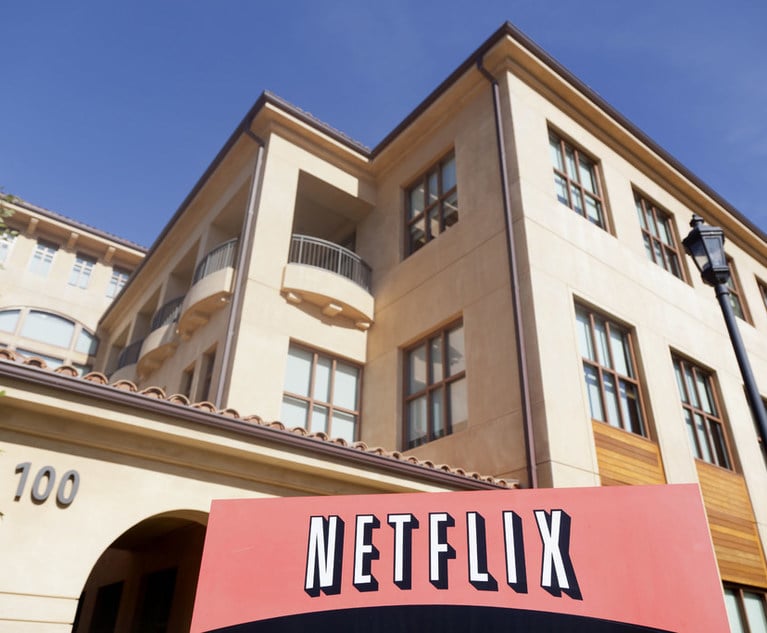In the new work-from-home world, videoconferencing is rapidly gaining in popularity. For example, within the first two weeks, daily usage of Zoom Videoconferencing Communication, Inc.’s software reportedly grew by over 300%. Emily Barry, MarketWatch (Mar. 30, 2020). Corporate and non-corporate Americans alike now routinely host “Zoom Meetings” and even “Zoom Cocktail Parties.” And, were there any doubt that many are still on the steep learning curve of ubiquitous conference-call etiquette, one need only look to a recent SNL skit for confirmation. Or at the recent headline-making story about a Good Morning America reporter who broadcast from home—without pants.
For better or worse, while videoconferences replicate many qualities of face-to-face interactions, they also have key differences: When attending a live meeting, it is easy to know and control who is present, who hears the discussion, whether the meeting is recorded, what written materials are distributed, and whether anyone takes notes. By contrast, videoconferences are mediated through complicated technology with hidden settings and rely on cameras allowing only a partial view of participants. For casual conversations, this may be unproblematic. But it has potentially huge implications for trade secrets and privileged communications.


 Credit: fizkes/Shutterstock.com
Credit: fizkes/Shutterstock.com







